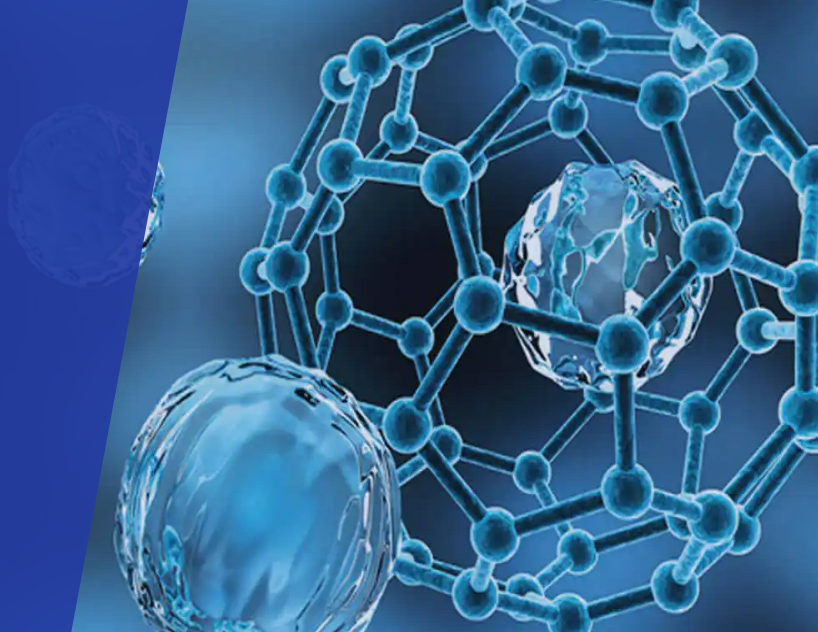Introduction
Cyclophosphamide, also known as cytophosphane, appears as a white to almost white crystalline powder with a slightly bitter taste. The chemical name of it is p-[N,N-bis-(2-chloroethyl)]-1-oxo-3-nitrogen-2-phosphocyclohexane-p-oxide monohydrate. Cyclophosphamide is a synthetic alkylating agent chemically related to nitrogen mustard with antineoplastic and immunosuppressive activities, which was approved for medical use in the United States in 1959. The structure is shown in fig. 1.
 Fig. 1 Structure of cyclophosphamide
Fig. 1 Structure of cyclophosphamide
Application in the treatment of cancer and autoimmune diseases
- Cancer
Cyclophosphamide remains one of the most successful and widely utilized antineoplastic drugs. It is used in chemotherapy to treat lymphoma, multiple myeloma, ovarian cancer, leukemia, breast cancer, small cell lung cancer, neuroblastoma, and sarcoma. Cyclophosphamide is an inactive prodrug that requires enzymatic and chemical activation. The resultant nitrogen mustard produces interstrand and intrastrand DNA crosslinks that block DNA synthesis. The detailed mechanism of action is shown in fig. 2[1].
 Fig. 2 Formation of aziridinium ion from nitrogen mustard and its DNA alkylating activity. (In nitrogen mustard, the nitrogen atom displaces the chloride to result in a strained, three-membered intermediate cation, called aziridinium. This ion reacts easily with nucleophiles. The N-7 position of guanine in DNA is strongly nucleophilic and can be readily alkylated by the aziridinium cation. The second chemical transformation of nitrogen mustard provides another aziridinium ion, which, upon reaction with another DNA nucleophile, forms a DNA crosslink.)
Fig. 2 Formation of aziridinium ion from nitrogen mustard and its DNA alkylating activity. (In nitrogen mustard, the nitrogen atom displaces the chloride to result in a strained, three-membered intermediate cation, called aziridinium. This ion reacts easily with nucleophiles. The N-7 position of guanine in DNA is strongly nucleophilic and can be readily alkylated by the aziridinium cation. The second chemical transformation of nitrogen mustard provides another aziridinium ion, which, upon reaction with another DNA nucleophile, forms a DNA crosslink.)
- Autoimmune diseases
Low-dose cyclophosphamide has been used effectively in a variety of autoimmune diseases, including systemic lupus erythematosus, rheumatoid arthritis, scleroderma, and multiple sclerosis. It induces beneficial immunomodulatory effects in adaptive immunotherapy. For autoimmune diseases, the mechanisms of action of cyclophosphamide may include:
- Cyclophosphamide induces the production of T cell growth factors, such as type I interferons.
- Cyclophosphamide eliminates T regulatory cells (CD4+CD25+T cells) in naive and tumor-bearing hosts.
- Cyclophosphamide enhances grafting of adoptively transferred, tumor-reactive effector T cells by the creation of an immunologic space niche.
- Side effects
Common side effects of cyclophosphamide mainly include:
Alopecia
Amenorrhea
Nausea
Myelosuppression
Vomiting
Hemorrhagic cystitis
Other side effects of cyclophosphamide mainly include:
Joint pain
Slow-healing existing wounds
Mouth sore
Decreased urine output
Easy bruising/bleeding
Unusual tiredness or weakness





Comments